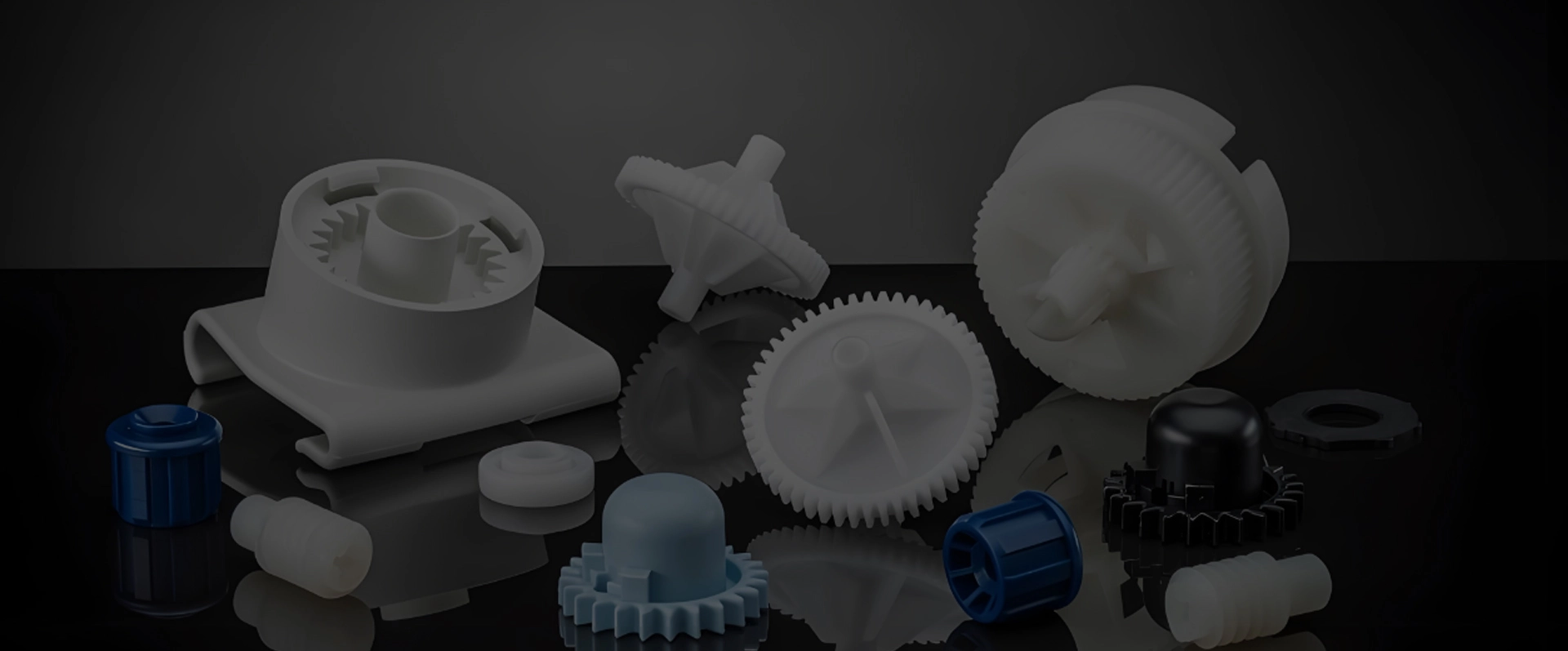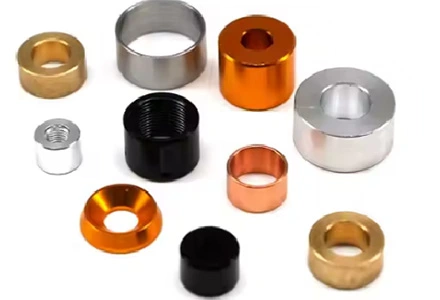
Anodizing protects the surface of metal parts from corrosion!
Anodizing is a type of passivation treatment that is used to increase the thickness of the oxide layer on the surface of metal parts. Generally, aluminum alloys are easily oxidized. Although the oxide layer has a certain passivation effect, the oxide layer will peel off as a result of long-term exposure. It loses its protective effect, so oxidation is to take advantage of its easy oxidation property and use electrochemical methods to control the formation of the oxide layer to prevent further oxidation of the aluminum material and at the same time increase the mechanical properties of its surface. Another purpose is to use different chemicals The reaction produces a variety of improving effects. Increase oxidation ability, improve corrosion resistance, increase oxidation color, and improve application power. But it cannot increase the strength of aluminum. In addition, the oxide layer is not conductive.
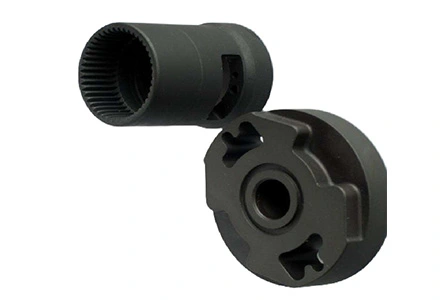
Phosphating can enhance surface friction resistance, corrosion resistance, increase surface hardness, improve surface finish and increase surface lubricity.
During the phosphating treatment, the metal is immersed in the prepared phosphating solution. After chemical and electrochemical reactions, a phosphate chemical conversion film, also called a phosphate film, is formed on the metal surface.
Surface phosphating is to protect the metal from corrosion, and the phosphated metal surface can make the paint have stronger adhesion when painting and better play an anti-corrosion role; in addition, phosphorus is used in the metal cold working process. The chemical treatment can also play a role in reducing friction and lubrication, and its friction coefficient is the most stable among all coatings. It is very suitable for places with high installation torque requirements.
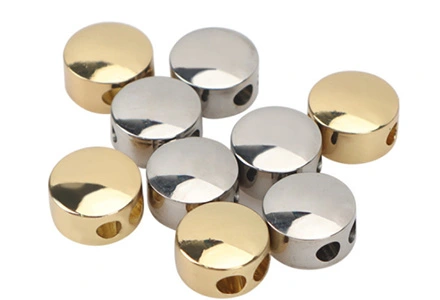
Polishing is to reduce the roughness of the workpiece surface and make it bright and flat, like a mirror
Polishing is to reduce the surface roughness through physical or chemical methods and obtain a smooth surface or mirror surface. Its purpose is to better display the material and luster of the metal itself, but it cannot improve the accuracy of the workpiece. Treatment methods can be divided into: ultrasonic polishing, electrolytic polishing, chemical polishing, mechanical polishing, fluid polishing and magnetic grinding polishing. It should be noted that different methods produce different surface roughness. When selecting a treatment method, you can refer to information such as cost, time, size of the workpiece, and required surface roughness.
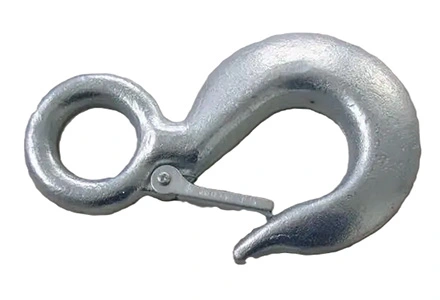
The plating is to prevent metal oxidation, improve conductivity, corrosion resistance, and corrosion resistance.
Electroplating uses the principle of electrolysis to coat a layer of other metals on the surface of the workpiece as a coating to improve conductivity, wear resistance, reflectivity, corrosion resistance, etc. In addition to iron-based cast iron, steel, stainless steel and other non-ferrous metals, the electroplating substrate can also be non-metal, such as ABS plastic, polypropylene, polysulfone and phenolic plastic, etc. However, before electroplating non-metal, it is necessary to Perform special activation and sensitization treatments. Different plating layers have different functions. For example, gold plating is to enhance the conductivity of the workpiece and improve signal transmission capabilities; copper plating is used as a primer to enhance the adhesion of the electroplating layer and prevent corrosion, etc. The only disadvantage of electroplating is that its coating thickness is uneven. The coating at sharp corners is thicker, mainly due to the tip effect. Therefore, caution needs to be used where the product has film thickness consistency requirements.
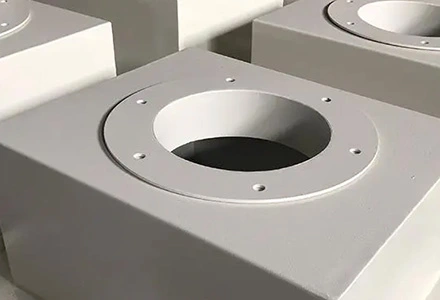
Spraying is to extend the life of the workpiece, followed by decoration to achieve beautiful appearance.
This kind of surface treatment uses a spray gun or other tools to divide the paint into uniform and tiny droplets through the action of a centrifuge or gravity, and spray it on the metal surface. The metal after spraying treatment can obtain electrical conductivity, wear resistance, heat insulation, insulation, sealing, lubrication, acid and alkali corrosion resistance and other special mechanical and chemical properties. The most basic spraying methods during processing are air spraying, airless spraying and electrostatic spraying, but there are other derived methods to choose from based on these three methods. The surface adhesion of sprayed products is relatively poor, so if there are areas with adhesion requirements, you need to pay attention, such as gaskets, which have a rotating effect during installation and may scrape off the surface coating.

Brushing treatment is a surface treatment method that forms lines on the surface of a workpiece for decorative effect.
Metal brushing is a surface treatment process that grinds the metal surface and eventually forms lines on the surface, giving the metal surface a non-mirror metallic luster, just like satin, and has a very high decorative effect. Drawing lines can be divided into two categories according to different surface effects: straight lines and random lines. Straight lines can also be subdivided into continuous lines and intermittent lines.
There are four drawing processing methods: flat-pressure belt drawing (small area), non-woven roller brush drawing (large area), wide abrasive belt drawing (flat surface) and centerless grinding drawing (cylinder).
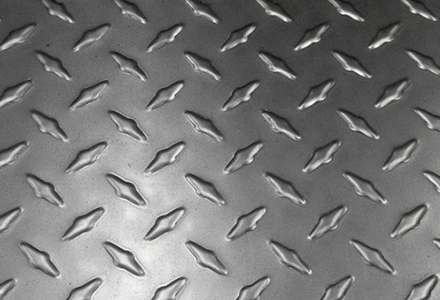
Knurling is a mechanical process mainly used for anti-slip and aesthetic appearance
Embossing is a process that uses an uneven mold to emboss patterns on the metal surface to achieve a relief-like effect. According to the embossing method, it can be divided into: flat embossing and roller embossing.
Knurling is a mechanical process used to roll patterns on the handles or other working surfaces of metal products, mainly for anti-slip and aesthetic purposes. The knurling process can be achieved with hand knurlers and machine knurlers, suitable for workpieces of various sizes and materials.
